TREE FERTILIZATION SERVICES
Colorado Has Difficult Growing Conditions for Urban Trees
Key Reasons Tree Fertilization is Important in the Front Range
Nutrient-Deficient Soils
Many Front Range soils are alkaline, compacted, and low in essential nutrients like nitrogen, phosphorus, and iron, leading to slow growth and nutrient deficiencies.
Drought & Water Stress
Colorado’s semi-arid climate means trees often struggle with drought stress, making proper fertilization essential for root development and resilience.
Urban Soil Conditions
Many trees in the Front Range are planted in construction-compacted soil, poor drainage areas, or nutrient-depleted landscapes, which lack the organic matter trees need to thrive.
Harsh Winters & Temperature Swings
Cold winters, fluctuating temperatures, and freeze-thaw cycles can weaken trees, making fall and early spring fertilization important for recovery and root health.
Insect & Disease Resistance
Fertilized trees with strong root systems and healthy foliage are more resistant to pests like Emerald Ash Borer, Ips Beetles, and fungal diseases that thrive in stressed trees.
Tree Fertilization
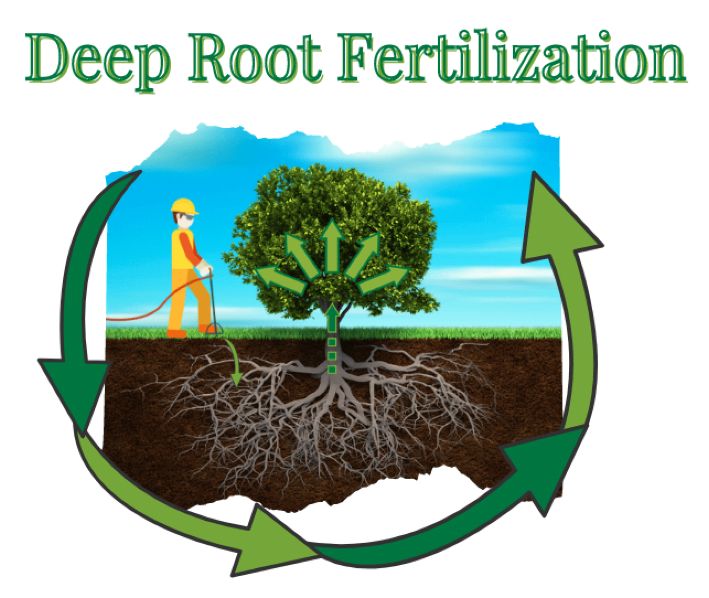
Our Tree Fertilization Services Include
- Deep-root fertilization delivers nutrients directly to the root zone, bypassing compacted surface soils.
- Slow-release, organic-based fertilizers support long-term tree health without excessive growth spurts.
- Iron supplements help combat chlorosis (yellowing leaves) in species like maples, oaks, and pines.
- Mycorrhizae fungi are a beneficial fungi that form a symbiotic relationship with tree roots, expanding their reach and enhancing nutrient and water absorption.
- Mycorrhizae improve drought resistance, soil health, and overall tree vitality, making them essential for strong, resilient trees!
Mycorrhizae Fungi
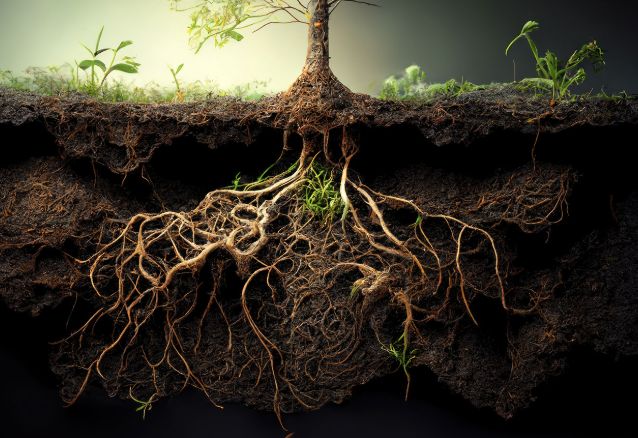
Deep Root Tree Fertilization Pricing
Organic Tree and Shrub Fertilization Prices*
Tree Height – Cost Per Tree
Shrubs – $9.50
5 – 10 ft – $14.50
11 – 15 ft – $22.00
16 – 20 ft – $27.00
21 – 25 ft – $31.50
26 – 30 ft – $40.00
30 – 50 ft – $49.00
50+ ft – $59.00
*$75.00 Minimum Purchase
Discounts: $5.00 off orders over $100.00, $10.00 off over $150.00, and $30.00 off over $300.00
Colorado Tree Experts
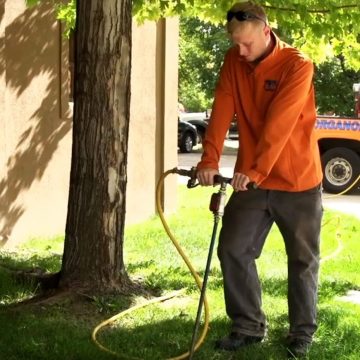
Deep Root Tree Fertilization
Colorado Has Difficult Growing Conditions for Urban Trees
Harsh Growing Environment
Deep root tree and shrub fertilization is a lawn maintenance service that many homeowners often overlook. In forests, trees thrive in their natural habitats, where autumn leaves naturally replenish the soil. However, in urban areas, trees are frequently planted in unsuitable locations where the soil, sunlight, moisture, and climate conditions may not be ideal. Additionally, many trees are overwatered or inadequately watered, leading to soil compaction and depriving tree roots of necessary air.
Learn How to Properly Water Trees
To properly care for your lawn, it is crucial to follow the 1-2-3-2-1 lawn watering technique. This method is based on sound principles and provides the best way to water both grass and trees.
Urban Soils and Trees
Urban trees face significant challenges due to poor soil quality, limited space for root growth, air pollution, and soil compaction. As a result of these stressful conditions, the average lifespan of an urban tree that is not properly cared for is only 10 to 15 years. In Colorado, many tree species such as ashes, oaks, birches, and maples are not native to the region but are popular choices for urban environments because of their stunning fall colors. However, these trees can become stressed quickly if they are not properly fertilized at least once a year.
Proper Lawn Watering is Important to Tree Health
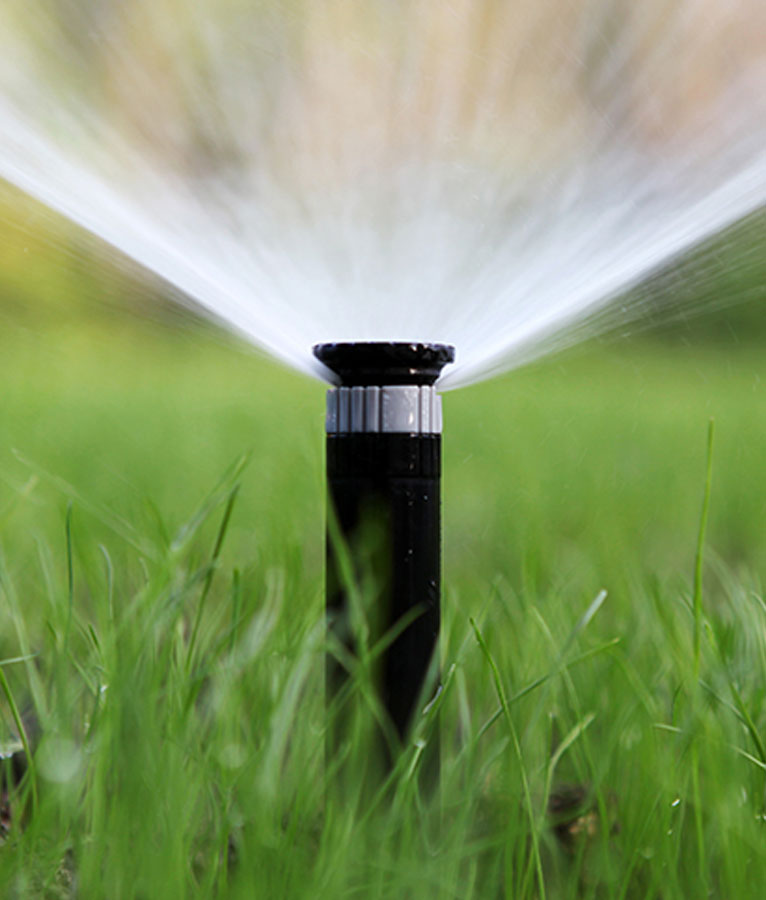
Iron Chlorosis in Maples and Oak Trees
A Common Colorado Urban Tree Problem
Trees known for their fall colors, such as maples and oaks, often experience a condition called chlorosis. During the summer months, the leaves that are typically a rich dark green may turn a pale yellow-green. In autumn, instead of showing vibrant reds, oranges, and yellows, the leaves tend to appear dull shades of red-brown, orange-brown, and yellow-brown. This fading of leaf color is caused by “dead soils,” which prevent the trees from properly absorbing essential nutrients like iron and magnesium. This condition, known as iron chlorosis, can be potentially harmful but is treatable.
We Can Help!
Organo-Lawn has created the perfect fertilizer specifically for trees. This formula not only nourishes the trees but also promotes beneficial microbial activity in the soil. Before you schedule tree fertilization with another company, be sure to consult one of our tree care experts at Organo-Lawn.
For Deep Root Tree Fertilization Call our Office:
Boulder (303) 499-2000 or
Fort Collins (970) 225-9425.

Which Colorado Tree Species Need Annual Fertilization?
All Trees Benefit from Tree Fertilization
Some Trees Need Fertilization More than Others
- Fall color trees like ashes, birches, oaks, and maple trees.
- Any tree under stressful conditions such as heat or drought stress, extreme cold, nutrient deprivation, and/or biotic stress such as insect pressure.
- Young trees that have not established their root system in the soil.
- Trees living in clay or dead soils. This is most trees in the urban landscapes of Colorado.
Deep Root Tree Fertilization Benefits All Species of Trees
All trees will benefit from organic deep root tree fertilization. If you are not sure what trees on your property need to be fertilized or would benefit from tree fertilization, please contact our office and speak with one of our tree experts.
Fall Color Trees
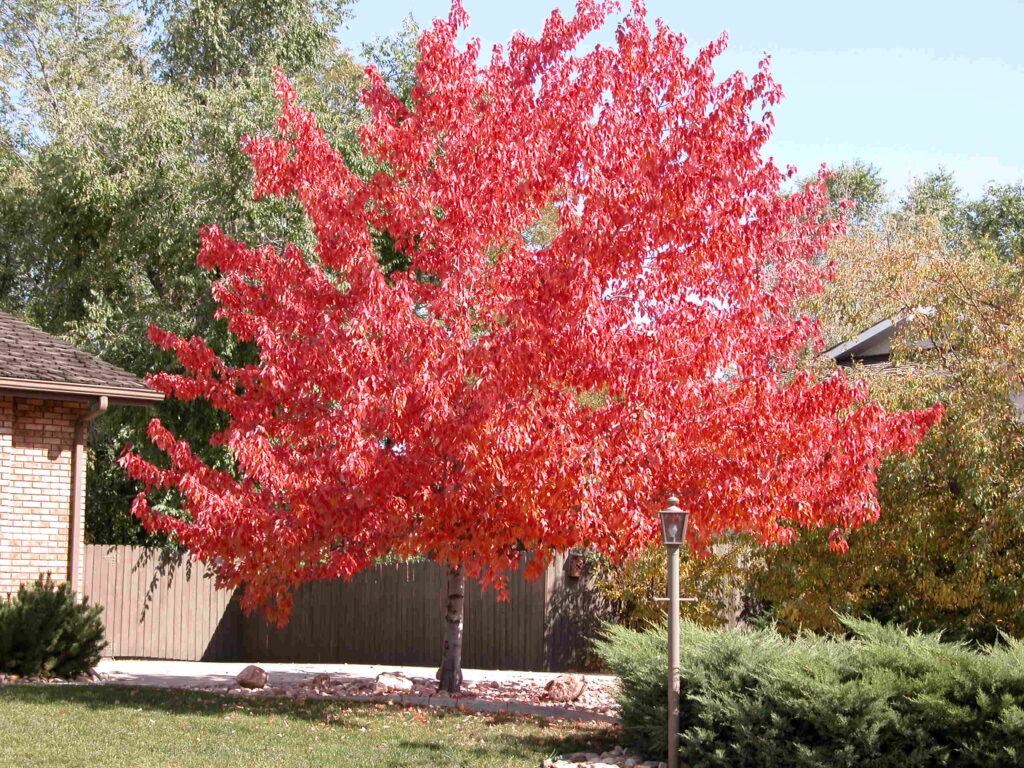
Our Tree Fertilizer Has Mycorrhizae!
What is Mycorrhizae?
Mycorrhizae are beneficial fungi that form a symbiotic relationship with tree roots, enhancing their ability to absorb water and essential nutrients like phosphorus and nitrogen. These fungi extend the root system by creating a vast underground network of fungal filaments, increasing root surface area and improving soil structure. Mycorrhizae also help trees resist drought, soil compaction, and disease, making them essential for tree health, especially in nutrient-poor or disturbed soils. In return, trees supply the fungi with carbohydrates produced through photosynthesis. Incorporating mycorrhizae into tree care promotes stronger root development, better stress tolerance, and long-term vitality.
Control Group / No Treatments
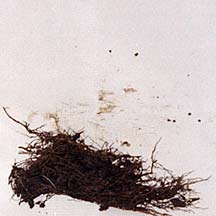
Mycorrhizae without Fertilization

Mycorrhizae + Organic Fertization
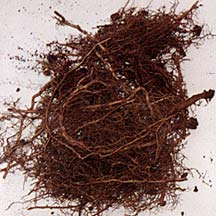
To schedule a Deep Root Tree Fertilization please call our office at
(303) 499-2000 Boulder or (970) 225-9425 Fort Collins.
Tree Fertilization FAQs
When is the Best Time of Year to Fertilize Trees in Colorado?
The best time to fertilize trees in Colorado is during the spring and fall, when trees are actively growing and can maximize nutrient uptake. Since Colorado’s soils are often nutrient-poor and compacted, regular fertilization in these key seasons promotes healthy, resilient trees that can better withstand drought, temperature fluctuations, and pests.
Spring Fertilization
Spring fertilization (March to May) supports new growth, root development, and recovery from winter stress, ensuring trees have the energy they need for a strong growing season.
Fall Fertilization
Fall fertilization (September to early November) is equally important, as it helps trees store essential nutrients, strengthen roots, and prepare for winter dormancy.
Additional Tree Fertilization FAQs
Water Underneath the Tree to Soften the Soil
Before our tree care technician arrives, we ask that you water the area around the base of your trees, extending out to the edge of the canopy. This helps soften the ground so we can effectively use the deep root tree probe.
If Your Property is Confusing – Make a Map!
If your property has multiple trees and we’re not treating all of them, we recommend creating a map or marking the specific trees you want us to treat. Having a map will make it easier for the technician to identify which trees you would like to have fertilized.
The deep root tree fertilizer is a liquid that is injected into the root zone around the tree’s canopy using a specialized tree stake gun.
The best time to fertilize trees in Colorado is during the spring and fall, when trees are actively growing and can maximize nutrient uptake. Since Colorado’s soils are often nutrient-poor and compacted, regular fertilization in these key seasons promotes healthy, resilient trees that can better withstand drought, temperature fluctuations, and pests.
Spring Fertilization
Spring fertilization (March to May) supports new growth, root development, and recovery from winter stress, ensuring trees have the energy they need for a strong growing season.
Fall Fertilization
Fall fertilization (September to early November) is equally important, as it helps trees store essential nutrients, strengthen roots, and prepare for winter dormancy.
If it is dry, you can water them deeply to help absorb the product better.
Mycorrhiza (literally “fungus roots”), our organic liquid fertilizer Super MDS, Lignin Sulfate, Microplex, humate, yucca extract, and Ferrus Plus, which is a blend of micronutrients and chelated iron (iron that is available for uptake by the plant).
Mycorrhizae are beneficial fungi that form a mutualistic relationship with tree roots, enhancing nutrient and water absorption while improving overall soil health. These fungi attach to and extend tree roots, creating a vast underground network of fungal filaments known as hyphae, which act as an extension of the root system.
How Mycorrhizae Benefit Trees
✔️ Expands Root Reach – The fungal network extends beyond the root zone, helping trees access nutrients and water that would otherwise be out of reach.
✔️ Improves Nutrient Uptake – Enhances absorption of phosphorus, nitrogen, and essential minerals, boosting growth and vitality.
✔️ Increases Drought Resistance – Helps trees retain moisture and thrive in dry conditions.
✔️ Protects Against Soil Pathogens – Competes with harmful fungi and bacteria, reducing the risk of root diseases.
✔️ Strengthens Soil Structure – Produces glomalin, a natural compound that improves soil aeration and stability.
✔️ Enhances Tree Resilience – Mycorrhizae improve tree health, making them more resistant to pests, diseases, and environmental stress.
How Does the Tree Benefit the Fungi?
In return for these benefits, the tree provides the fungi with carbohydrates (sugars) produced through photosynthesis, fueling the fungi’s growth and survival.
Mycorrhizae can persist in the soil for years, but their longevity depends on soil conditions, plant presence, and environmental factors. In a healthy, undisturbed soil ecosystem, mycorrhizal fungi can live indefinitely, as long as they remain connected to tree or plant roots that provide them with carbohydrates.
Factors That Affect Mycorrhizae Longevity
✔️ Presence of Host Plants – Mycorrhizae need a living root system to survive. If plants are removed or die, the fungi will gradually decline.
✔️ Soil Disturbance – Activities like tilling, heavy construction, or soil compaction can disrupt fungal networks, reducing their effectiveness.
✔️ Soil Health – Organic matter, proper aeration, and microbial diversity help sustain mycorrhizae populations.
✔️ Chemical Use – Overuse of synthetic fertilizers, fungicides, and pesticides can harm or suppress mycorrhizal activity.
How Often Should Mycorrhizae Be Applied?
- In natural, undisturbed soils → No need to reapply; they remain active indefinitely.
- In urban landscapes or disturbed soils → Reapplying every 1-2 years can help restore fungal populations.
- After tree planting or soil disruption → Immediate reintroduction helps re-establish mycorrhizal networks.
Urban trees in Colorado should be fertilized once or twice a year, depending on soil conditions, tree health, and environmental stress factors. Since many urban trees grow in nutrient-poor, compacted soils, regular fertilization helps maintain strong roots, healthy growth, and resilience against drought, pests, and extreme weather.
Recommended Fertilization Schedule:
✔ Once per year – For well-established trees in relatively healthy soils. Best applied in early spring or fall to support root development and seasonal growth.
✔ Twice per year – For trees in nutrient-deficient or high-stress environments, such as newly planted trees, those showing signs of decline, or trees growing in compacted, alkaline, or drought-prone soils. Apply in spring and fall for optimal results.